Charles Clarke milks 110 spring-calving cows outside Bailieborough, Co Cavan. While 2016 was a tough year financially for the business, Charles was happy to get through the year with a small, but positive farm surplus.
Looking closely at the financial figures for the farm, Charles received an average milk price of just above 26c/l for all milk produced for 2016.
There were 510,000 litres sold with an additional 40,000 litres fed to calves, so a total milk solids produced of 380kg/cow, which works out at 1,292kg/ha from the grazing platform. That’s decent production from grazed grass and 600kg of meal per cow.
In financial terms, the gross output for the farm (milk sales and stock sales) was €171,336 or 33.62c/l before Single Farm Payment. This was made up from 26.10c/l from milk sales and 7.48c/l from stock sales including cull cows, calves and the small beef enterprise Charles has.
From a cost perspective, the four main costs on the farm are illustrated in Figure 1. Total cash expenditure on the farm before loan repayments (both capital and interest), personal drawings and taxation totalled €129,514 or 25.41c/l.
If we include a personal drawing of €40,000 for Charles, this moves up to €169,514 or 33.26c/l before taxation and capital and interest repayments on any outstanding bank loans on the business. This cost includes a charge of €4,600 for the purchase of heifer calves during the year.
Purchased feed totalled €16,505 and this accounts for all purchased concentrate for the dairy cows amounting to 610kg/cow. A total of 67t of concentrate was fed to dairy cows, representing 3.23c/l of the total cost base.
Concentrate for replacement heifers, beef stock and calves accounted for 40% of the total purchased feed bill, with 38t of concentrate fed to replacement heifers and beef stock on the farm.
Fertiliser and lime for the year came in at €19,917 and this includes 60t of lime spread on the farm during 2016 and 250kg/ha of chemical nitrogen. Phosphate and potash was applied using compound fertiliser throughout the year. Animal health cost includes all vaccine, medicine, vet visits and annual TB testing for 2016.
What next for Charles Clarke
During 2016, the herd produced 373kg/cow milk solids (MS) or almost 1,300kg MS/ha. On a per-cow basis, production is down 9% on the previous year due to lower butterfat and protein concentration. When I review the milk recording details, the fall in solids started in May 2016 and never recovered across the herd. Even the top-producing cows suffered, with milk protein on average for the year down 0.13 percentage points.
Purchased concentrate was down for the 2016 year by 120kg/cow. This was more than offset with more grass growth on the grazing platform which averaged 12.1t/ha.
Other farmers in my discussion group have experienced something similar, maybe not as extreme.
Grass growth up 1.2t DM/ha
Improving soil fertility was a primary focus during 2016 and I got a response in total growth from the farm. In 2015, soil analysis highlighted that only 13% of the farm was at an optimal fertility level for growing grass.
During 2016, we got 60t of lime out to help improve soil pH, but our main focus was on soil phosphate (P), with some paddocks on the grazing block at index 1.
We addressed the P deficiency during the season with compound fertiliser and plan the same for this year.
Urea was used throughout 2016 as the nitrogen source.
Developing cow for my system
Breeding is the other key area I will continue to focus on during 2017. I have introduced high-solids, high-fertility Jersey sires. My logic behind this is to breed a low-maintenance cow which will produce high milk solids. By 2018, the target is to have 25% of the herd Jersey-cross – cows should be lighter, helping early spring grazing on the farm, more fertile, and produce higher solids.
Labour is an issue for me, as currently the farm is not large enough to justify a full-time work person.
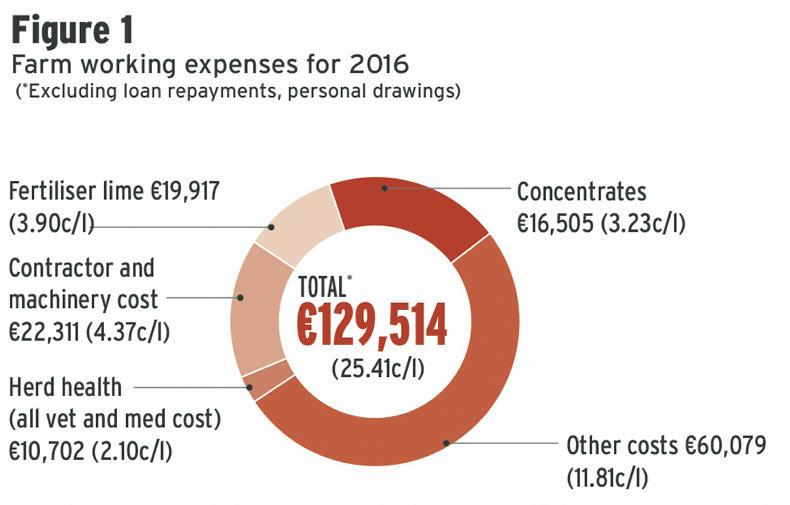








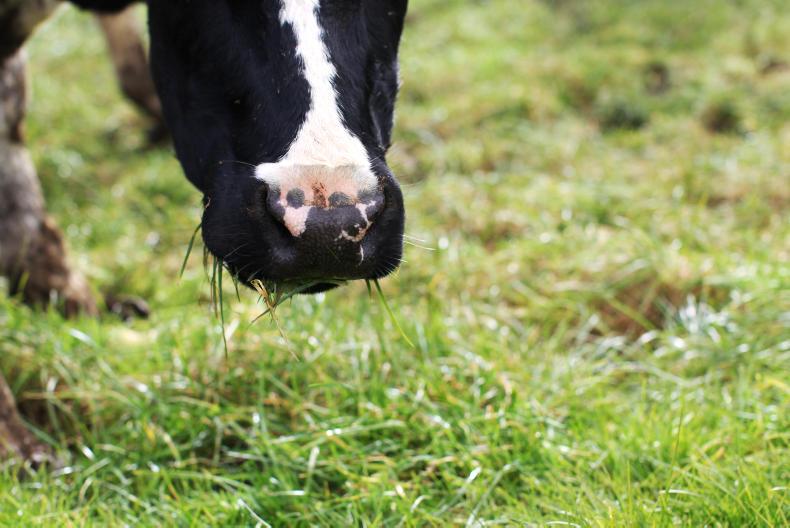


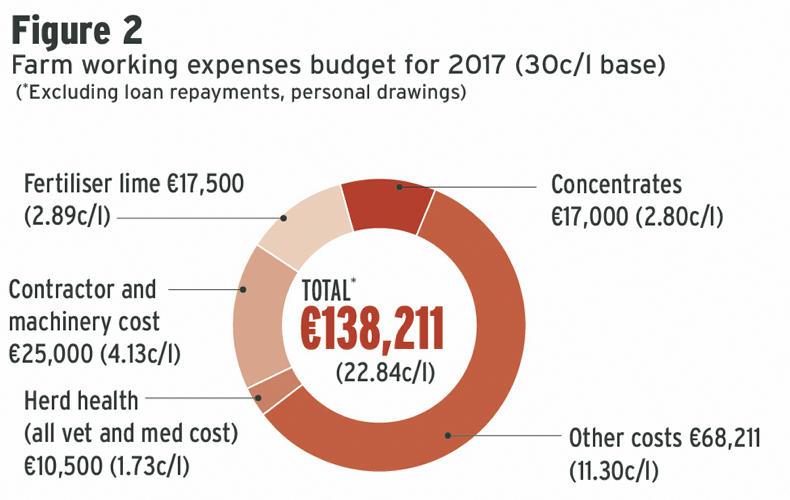
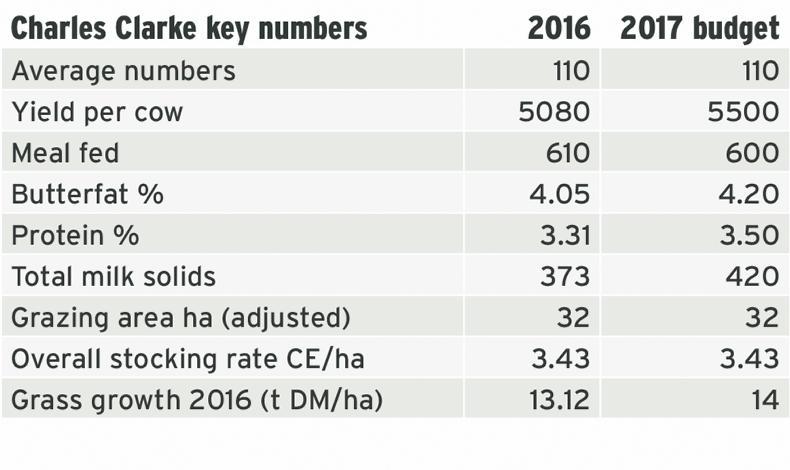
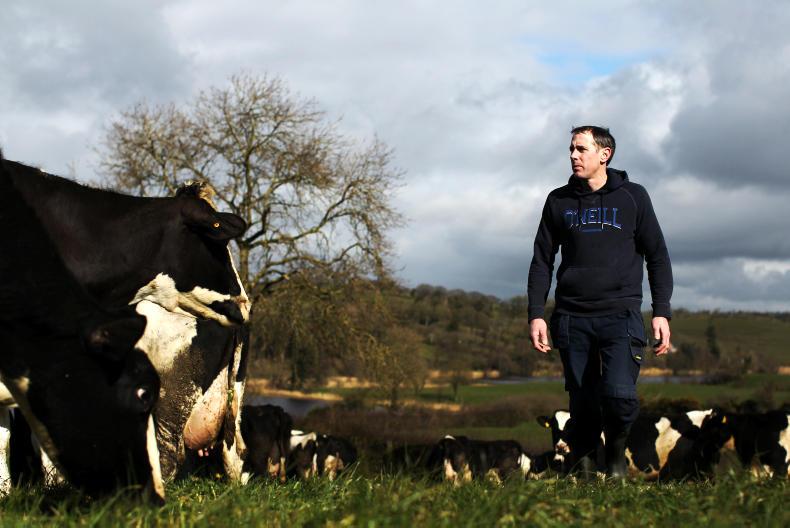
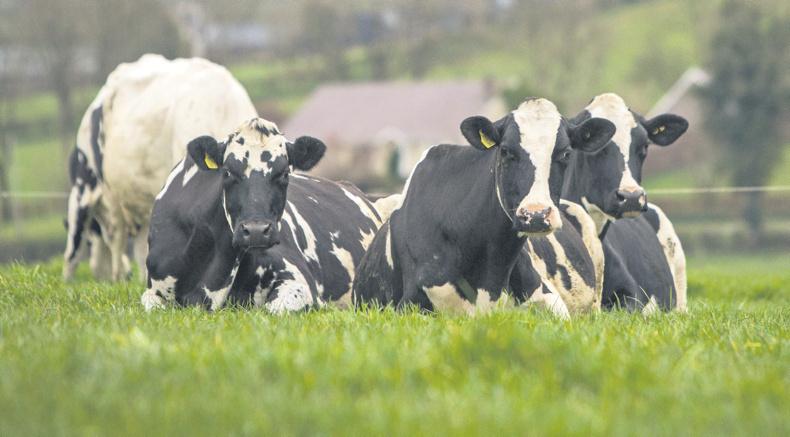

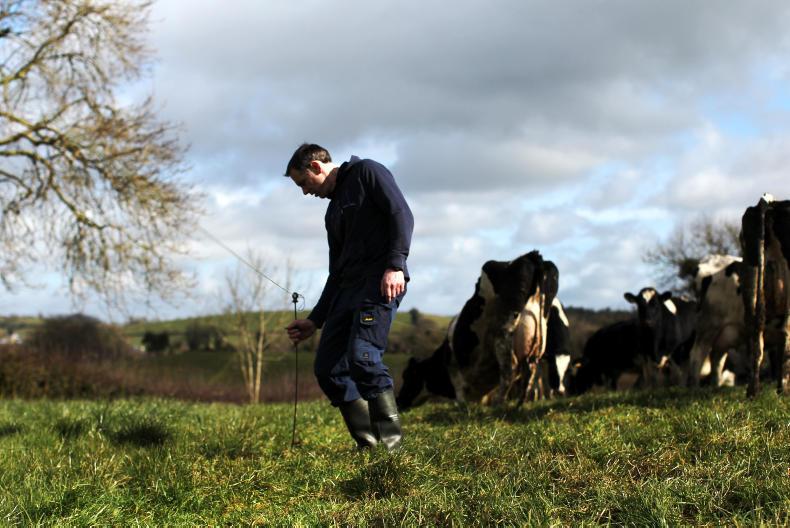

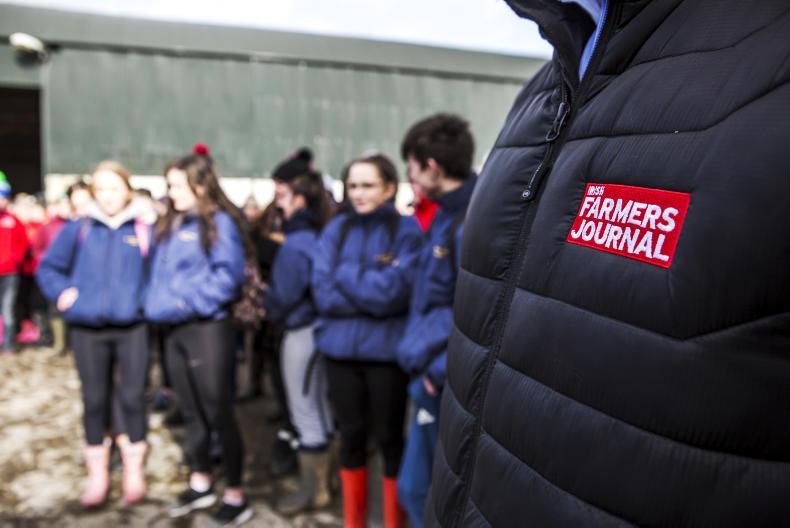
SHARING OPTIONS